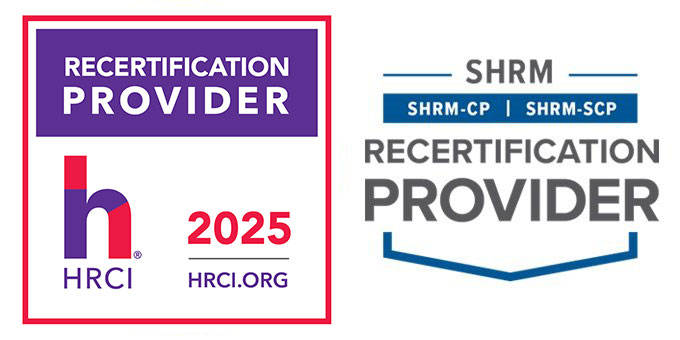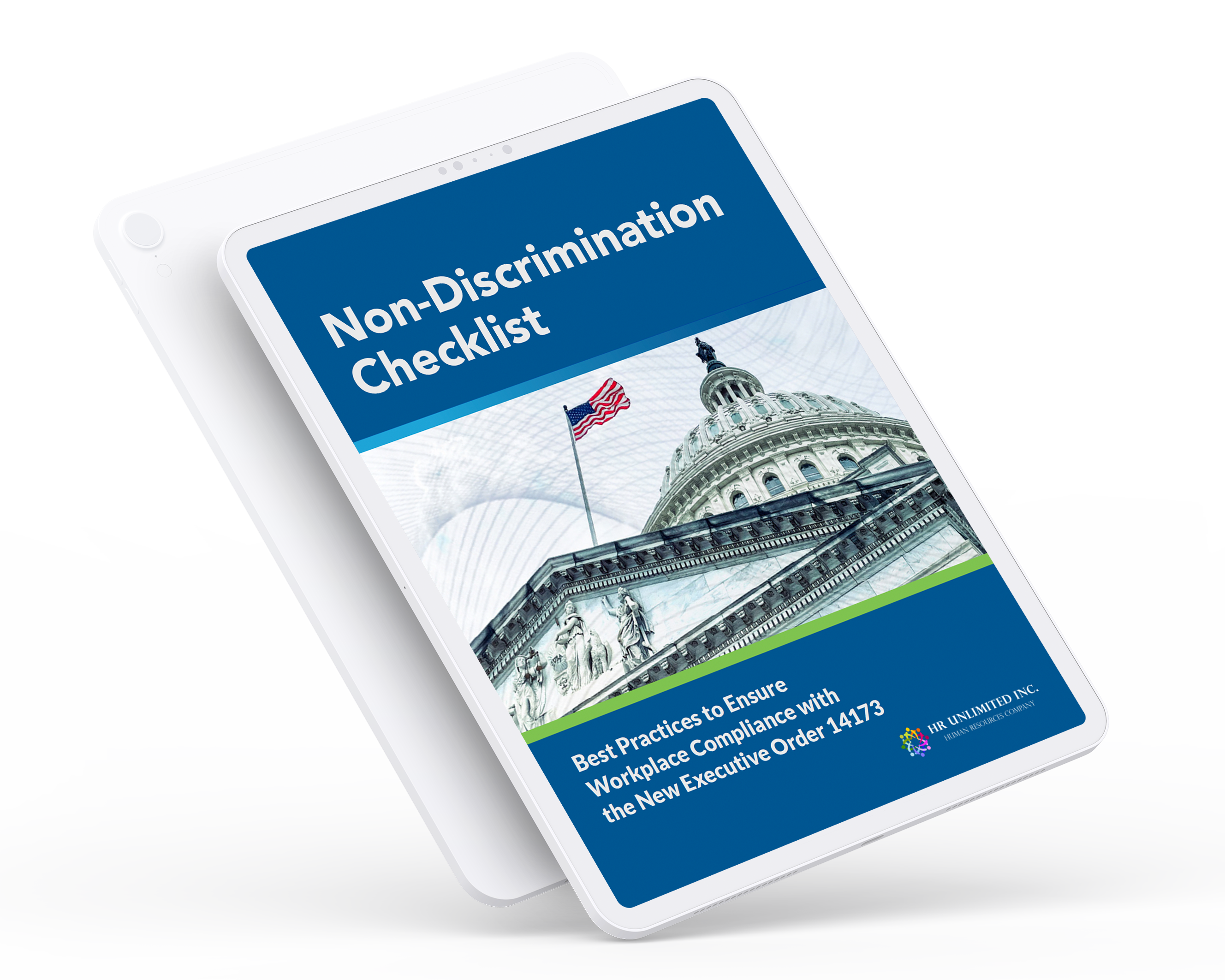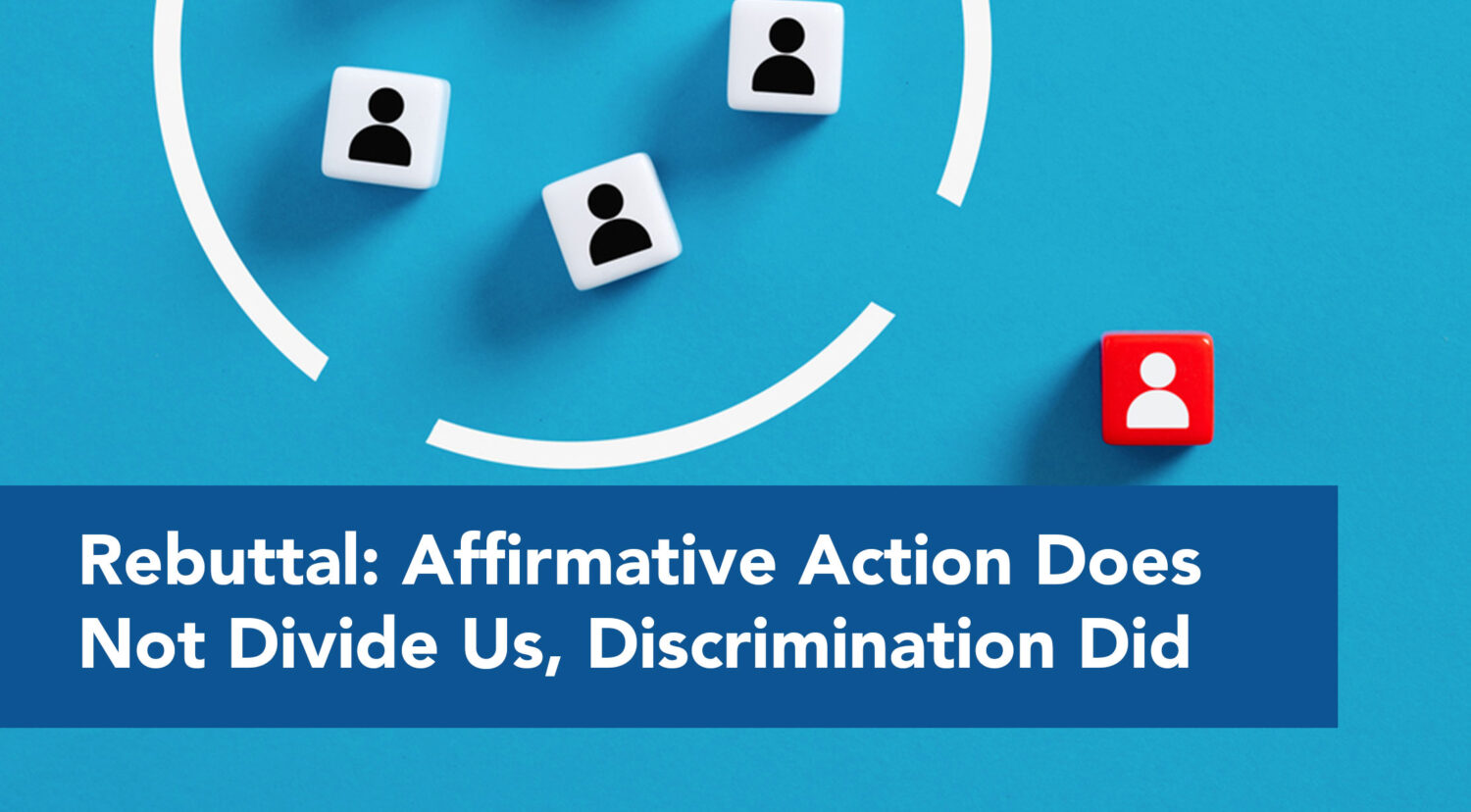

The OFCCP Embarks on a New Era of Transparency
New OFCCP Director Ondray Harris continues to put his mark on the agency with his latest revision of Obama Administration labor policy. In a two-page directive released the week of 16 April 2018, Director Harris continued the transparency push we first saw in February with Directive 2018-01. In the February Directive, Mr. Harris said he revised the policy on Predetermination Notices “[a]s part of OFCCP’s ongoing efforts to achieve consistency across regional and district offices, [to] increase transparency about preliminary findings with contractors, and [to] encourage communication throughout the compliance evaluation process.” The OFCCP choosing to publish scheduling methodology is in just this same spirit.
To comfort the feelings that some contractors had under the Obama Administration that the OFCCP’s enforcement procedures were arbitrary and overboard in scope, Director Harris has gone the extra mile to demonstrate a complete change in course and tone for the agency. His desire is that by being more forthcoming with the audit process with contractors, hopefully, it will feel more collaborative. The sentiment is nice and appreciated—I’m sure—yet there is very little in this recent disclosure that changes much for contractors awaiting Scheduling Letters.
Given that neither you nor I are an active participant in this “random” selection process, (and that the only way we learned to lower your risk of an audit is by certain contractors reducing their number of employees), I won’t waste your time and attention explaining the minutiae of how the OFCCP determines categories like “Establishment Records,” “Direct Establishments,” “Parent Files,” “Associate Establishments,” and “Available Pools.” Beyond these less-than- thrilling encapsulations, there are a few deductions to be made that are of interest; I will now bring them to your attention.
Three Quick Takeaways from the Newly Released Scheduling Methodology
1. FPDS is a Valuable Resource.
There is no need to make presumptions about your company’s status as seen by the OFCCP. The methodology made clear that the OFCCP is relying upon the publicly available data set provided by the Federal Procurement Data System. It is an excellent use of a few minutes then to search the data system to confirm that your company’s contractor status is as you think it should be. For example, if you are unsure of the exact amount of money that the government contracted with your company, the FPDS will assist you in resolving the question.
Interestingly, as you are likely aware, federal subcontractors are not listed on the FPDS, and if one is to read the published methodology literally, the odds then of a subcontractor being selected for a compliance review is lower than that of a discoverable contractor. But as I will emphasize in a moment, the need to for a federal subcontractor to remain compliant with Dept. of Labor regulations is unchanged.
2. EEO-1 Filings are Important.
The OFCCP is clearly paying attention to your EEO-1 filings as they are an integral part of the scheduling process, sometimes consulted at multiple stages. In terms of what paperwork needs to be prioritized by a contractor, it is apparent from the two-page methodology that your EEO-1 needs to be at the top of your list. Ensuring that your the EEO-1 filing accurately depicts your company’s status as a contractor is the best way to avoid any undue hassle with the OFCCP.
3. Still Unsure What They Mean by “Random.”
The OFCCP’s increased transparency is surely appreciated, yet we must also acknowledge how limited the disclosure is. The methodology does explain that certain variables will be weighted more than others, but not to what degree said weight will apply. Further, the transparency ends at the point where the pool of potential contractors put together. We were not provided further insights into why one contractor is more or less likely to be selected than another.
As a final thought, it is important not to put too much stock ourselves in the new methodology. First, we certainly do not want to rest on our laurels as a compliance professional for a contractor just because you read the new methodology as lowering your odds of an audit. Compliance reviews are also the product of alleged violations—as just one example—so it always profits to be diligent. I will remind you that this same business-friendly OFCCP just settled last month with Humana for $2.5 million to resolve pay discrimination claims of more than 750 women.
Also, the methodology published criteria 1 for how companies are selected from the pool is not a statutory limitation on the OFCCP, but just a procedure adopted by the agency. The criteria may be revised as easily as it was adopted.
1 “OFCCP applied the following criteria to select the specific number of establishments that each district office received for scheduling: (1) priority for establishments with higher employee count regardless of Direct or Associate establishment status, (2) no more than 10 establishments of a parent company in the entire scheduling list, (3) no district office to have more than four establishments of the same company, (4) no more than two functional units of each FAAP company, and (5) no district office to have more than two corporate/regional headquarter (CMCE), two FAAP Units and one university for review.”





